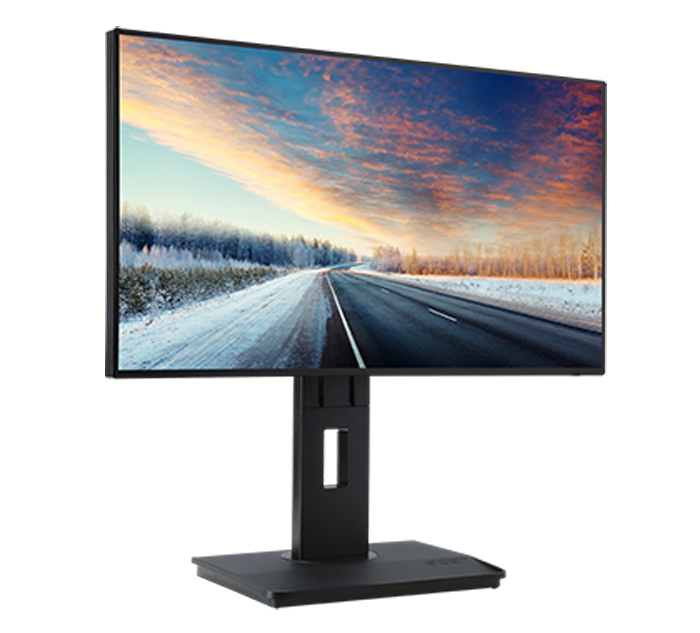Early Verdict
If you want a sharply focused gaming monitor, the BE270U isn’t it. But if you want something that will make your late-day frag sessions more enjoyable while still delivering vivid color, good contrast and solid build quality from nine to five, this new BEO-series Acer might just be the one. It doesn’t beat the competition in any single area but it acquits itself well in more ways than nearly every other screen we’ve reviewed lately. For a do-everything-well display, the BE270U is a decent choice.
Pros
- +
Saturated color
- +
Contrast
- +
FreeSync
- +
75Hz refresh
- +
Build quality
- +
Calibrated accuracy
Cons
- -
Gamma tracking
- -
Narrow FreeSync range
- -
No overdrive in FreeSync mode
Why you can trust Tom's Hardware
Introduction
We’ve seen a pretty clear division between business class and gaming displays. Enterprise screens are all about reliability and ease of use, where gaming monitors add high refresh rates, adaptive-sync, and ultra-responsive panels.
With AMD’s FreeSync technology, a manufacturer can add adaptive refresh with nothing more than the correct DisplayPort firmware. No additional hardware is required, which means any monitor can feasibly support tear free gameplay and the smooth motion that comes along with it.
Acer’s BE270U is the first stealth monitor we’ve seen. That is, nowhere on the box or in Acer’s marketing does it say anything about FreeSync. Not one word. The only clue is the 75Hz native refresh rate spec listed on its website. The OSD doesn’t provide a clue either. Only when you open AMD Catalyst and see the FreeSync status slider set to On will you realize what you’ve got on your desktop.
Specifications
We have covered numerous examples of Acer’s excellent gaming monitors. The BE270U represents something of a departure, because it's aimed more at the enterprise high-end and professional markets. It doesn’t offer a wide gamut or a factory calibration, so in our eyes the word professional might be a stretch. It does have a nice IPS panel with good contrast, decent color and brightness, and a flexible OSD. It also sports a nearly bezel-free design. There is a border around the image, but it’s one of the thinnest we’ve seen yet.
The backlight is a flicker-free white LED offering a decent 350cd/m2 output rating. Color is sRGB and the bandwidth is a native 8 bits. 75Hz is the default refresh rate, and FreeSync works down to a minimum of 48Hz. That range is too narrow for Low Framerate Compensation, so gamers will have to supply enough video processing power to push 2560x1440 resolution past 48 FPS.
The BE270U looks to be a jack-of-all-trades with a good balance of features and performance. It won’t stand out in any particular area but given the specs, it should do most things well. How well? Let’s take a look.
Packaging, Physical Layout & Accessories
The ordinary looking carton provides adequate protection for its contents and gives no clue as to its gaming intent. The only feature that stands out in the printed icons is the flicker-free designation. But now that you’re reading this review, you’ll know that it supports FreeSync and 75Hz.
Get Tom's Hardware's best news and in-depth reviews, straight to your inbox.
Bundled cables include an IEC cord for the internal power supply, DisplayPort, HDMI, and USB 3.0. No CD is in the box, so you’ll have to turn to Acer’s website for a user manual.
Product 360
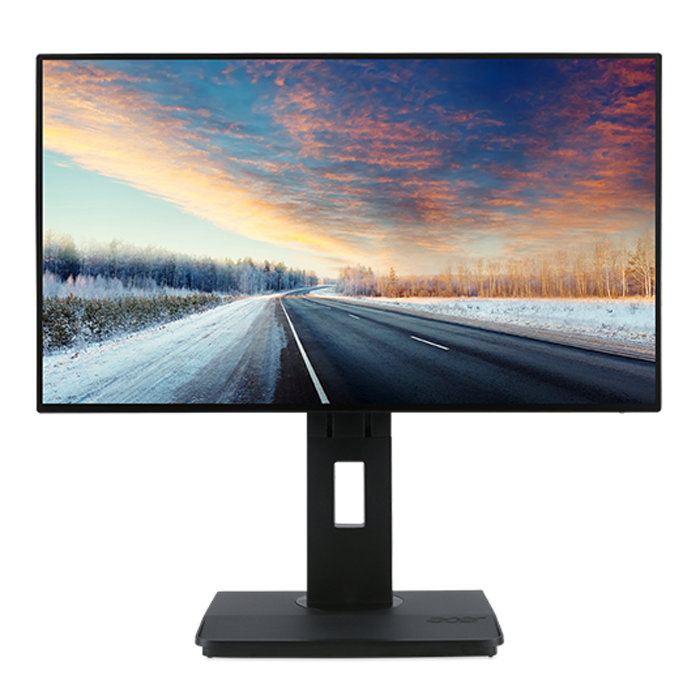
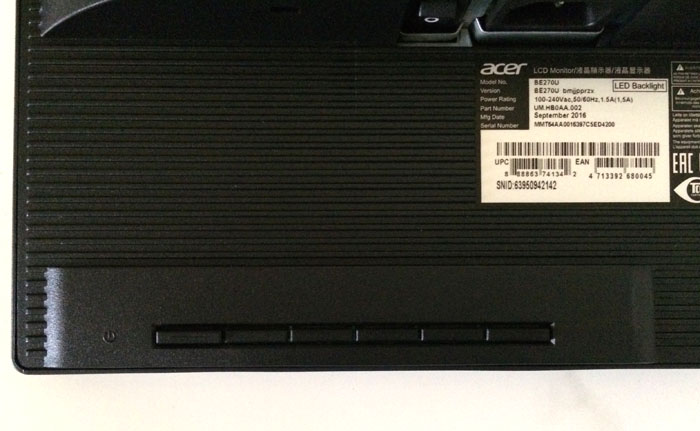
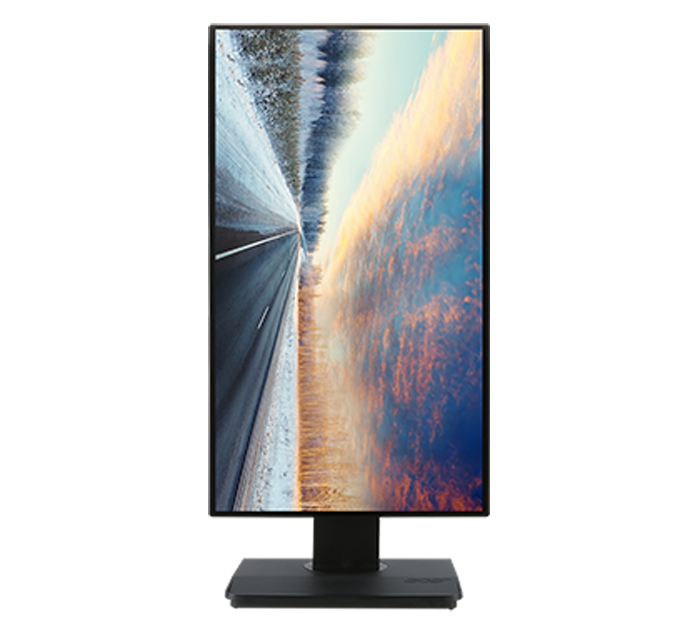
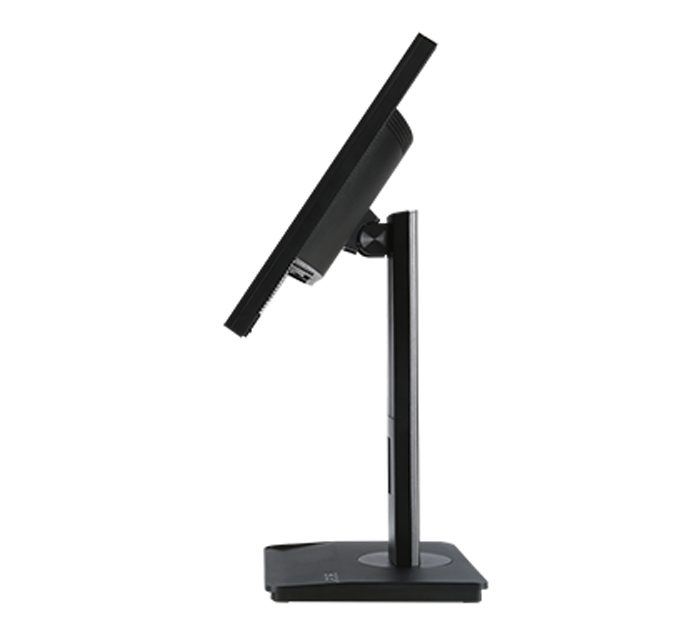
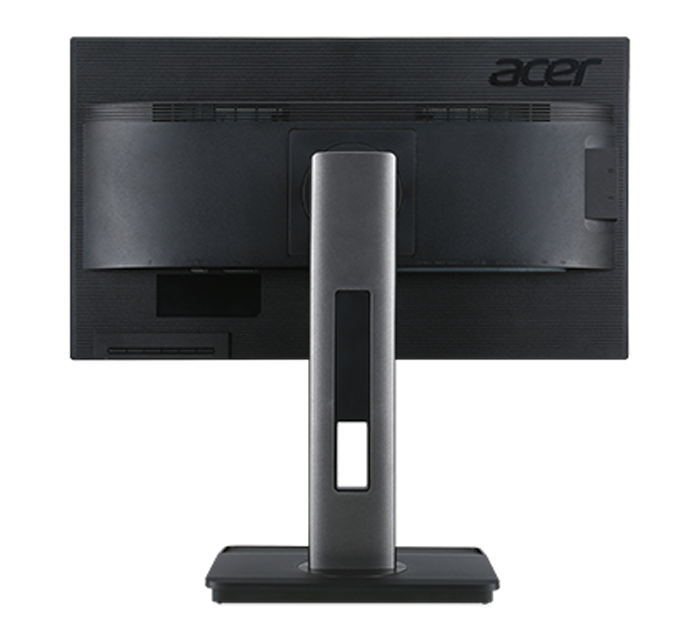

The promise of a truly bezel-free monitor remains unfulfilled with the BE270U. But it comes closer than any screen we’ve reviewed so far. The image is surrounded by only 8mm of blackness, and that includes the plastic trim. Putting two or three of these on your desk will make for a very nice wrap-around display. The anti-glare layer is the industry-standard 3H hardness with a matte surface. Clarity is good with no evidence of grain or streaking in the image.
Controls are found around back at the lower-right corner. The buttons are very slim and hard to find. In fact, we had to physically lay eyes on them before we could get comfortable with OSD navigation. They click firmly but we wish they protruded a bit more. Better yet, how about including a joystick?
The stand is rock solid and offers a portrait mode along with 5" of height, 30° tilt, and 30° swivel in each direction. Movements are firm and free of play or wobble. Both the mounting hardware and the panel have a nice weight and heft, belying their premium market intent.
The panel is a fairly slim 57mm and has a nice flat mounting area for the included upright, which snaps in place. Press a button to remove it and you have a 100mm VESA mount, bolts included. Plenty of ventilation is provided at the top of the power bulge. The grill also covers two small speakers. They aren’t loud or possessed of much bass, but they are less distorted than most thanks to two tiny phase plugs molded into the cones. Sound exits the BE270U backwards, so whatever you have behind the monitor will affect sound quality.
USB 3.0 is supported by an upstream port and four downstream ones, two of which are on the left side of the panel. The input panel offers two HDMI/MHL ports, two DisplayPorts (one mini), and a DP output for daisy-chaining. You can specify clone or extend in the OSD when connecting two monitors to a single video output.
MORE: Best Computer Monitors
MORE: How To Choose A Monitor
MORE: Display Calibration 101
MORE: The Science Behind Tuning Your Monitor
MORE: All Monitor Content

Christian Eberle is a Contributing Editor for Tom's Hardware US. He's a veteran reviewer of A/V equipment, specializing in monitors. Christian began his obsession with tech when he built his first PC in 1991, a 286 running DOS 3.0 at a blazing 12MHz. In 2006, he undertook training from the Imaging Science Foundation in video calibration and testing and thus started a passion for precise imaging that persists to this day. He is also a professional musician with a degree from the New England Conservatory as a classical bassoonist which he used to good effect as a performer with the West Point Army Band from 1987 to 2013. He enjoys watching movies and listening to high-end audio in his custom-built home theater and can be seen riding trails near his home on a race-ready ICE VTX recumbent trike. Christian enjoys the endless summer in Florida where he lives with his wife and Chihuahua and plays with orchestras around the state.
-
Jay_29 Any reason to pick this over MG279Q? It seems Acer is only interested in matching ASUS. I'd like to see they beat ASUS.Reply -
Virtual_Singularity Reply19449009 said:Any reason to pick this over MG279Q? It seems Acer is only interested in matching ASUS. I'd like to see they beat ASUS.
Good question. Aside from Acer's lower price (though the Asus is currently on sale on Newegg), the 279Q is technically the better monitor, or should be. The MG279Q (much as I don't like revisiting the topic) had/has several QC related problems and complaints on Amazon and Newegg, even though at the time of its release it was supposed to be one of the best 1440p 27" 144 hz FS monitors available. The solution some suggested on Amazon for the 279Q was to keep RMAing until obtaining one that didn't have excessive back light bleed and/or dead pixels. If the latest owner reviews on both sites are anything to go by, it's difficult to say whether anything has changed.
